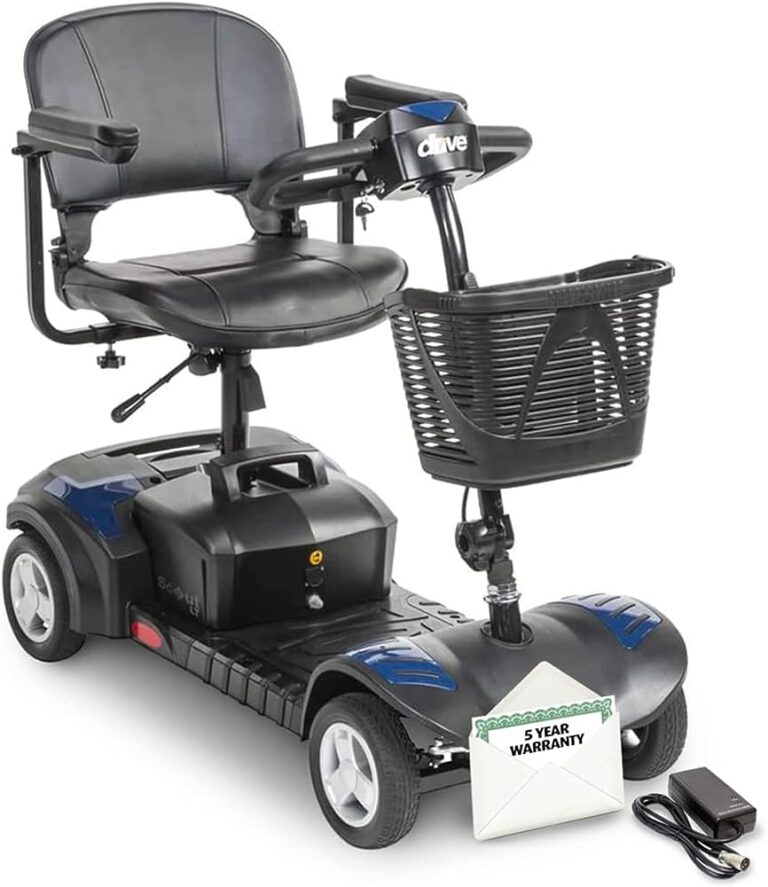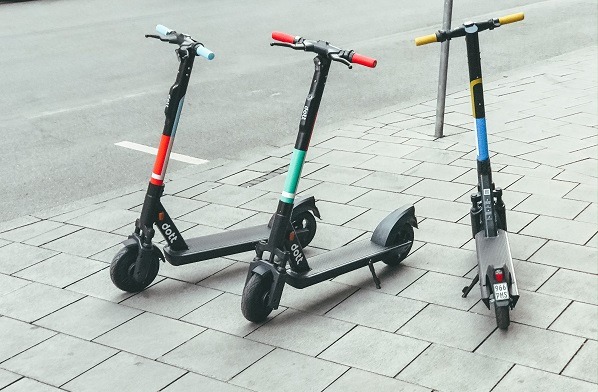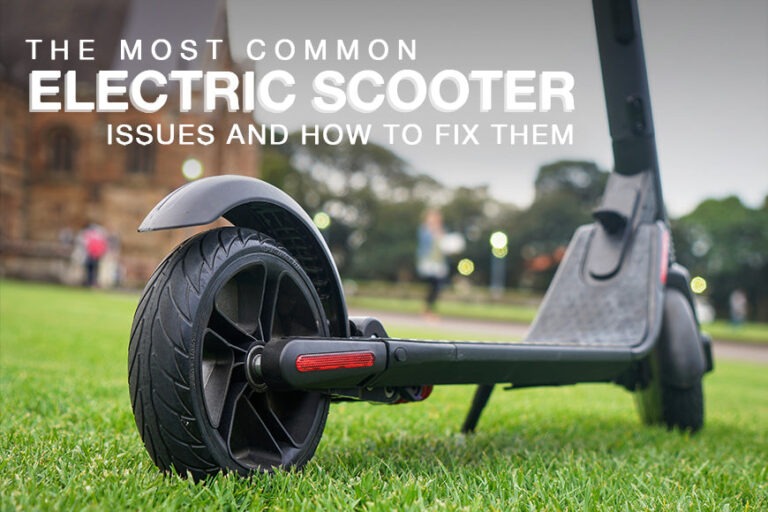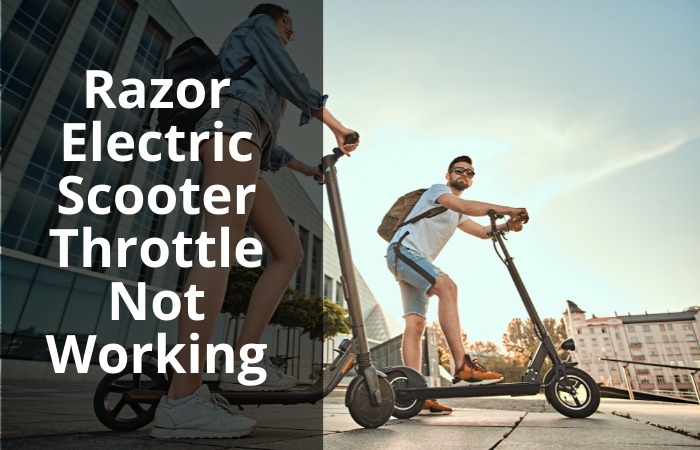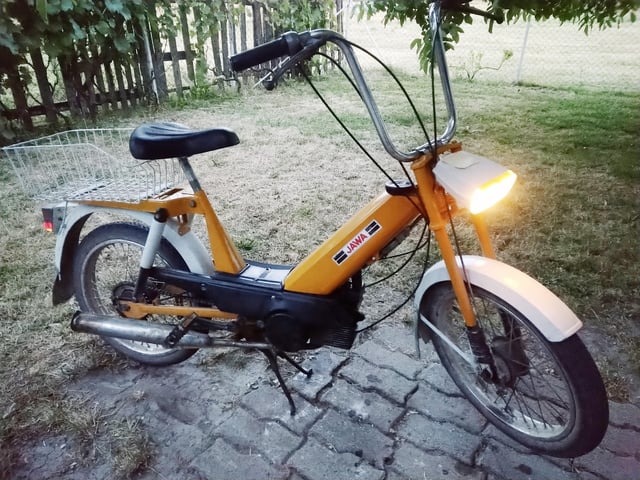Chinese Scooter Starts Then Dies: Troubleshooting Tips for a Smooth Ride
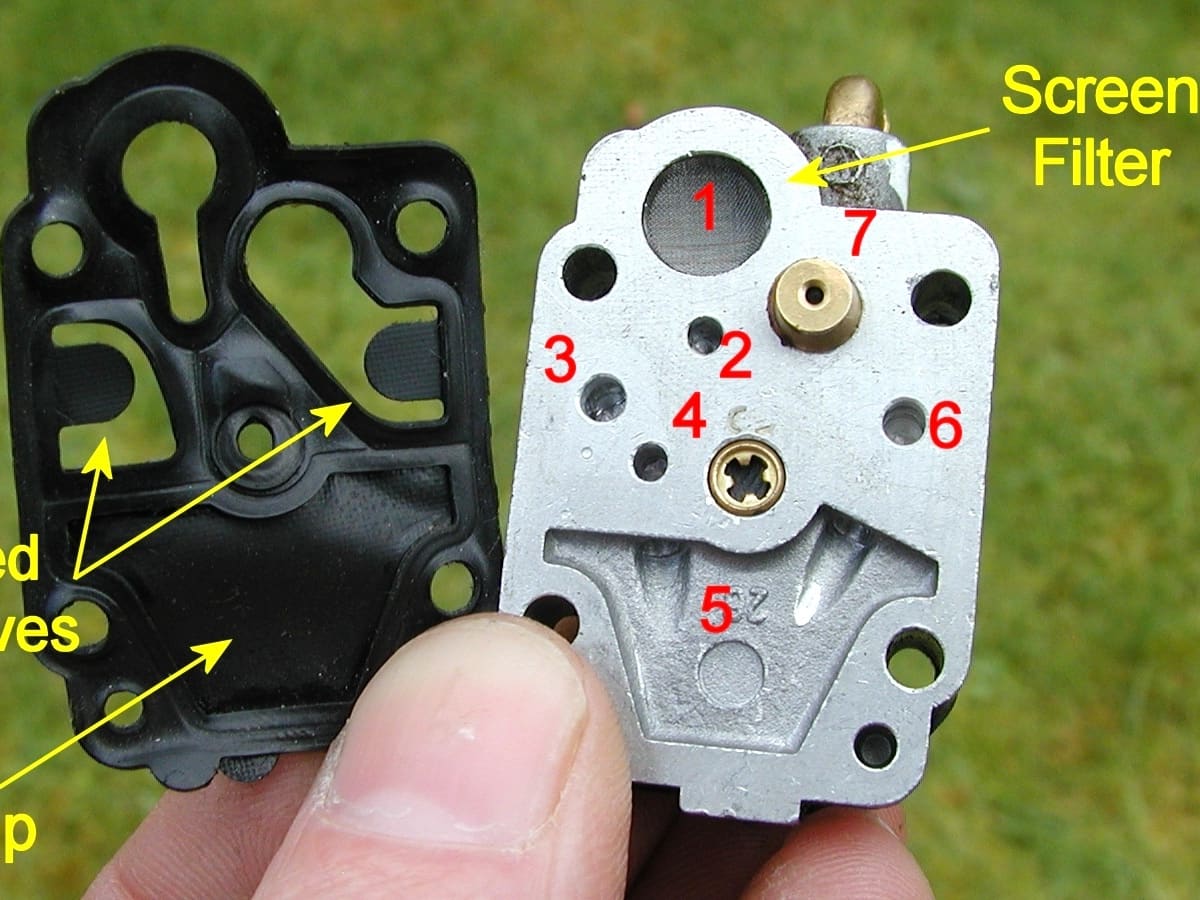
The problem of a Chinese scooter starting but then dying can be caused by several issues. In some cases, it could be due to a clogged fuel system or a faulty spark plug, which leads to improper fuel combustion.
To diagnose the problem, you can start by checking the fuel filter, cleaning the carburetor, and inspecting the spark plug for any signs of damage or wear. Additionally, make sure the scooter is getting a consistent fuel supply and that the air filter is clean.
Proper maintenance, including regular oil changes and tune-ups, can also help prevent this issue from occurring in the future. Riding at high speeds without warming up the engine properly can cause this problem as well.
Common Causes Of Scooter Stalling Issues
Scooter stalling issues can be caused by various factors, including a common problem with Chinese scooters where they start but then suddenly die. This can be attributed to issues such as a clogged carburetor, faulty ignition system, or fuel delivery problems, among others.
It’s important to diagnose the specific cause to fix the stalling problem effectively.
Faulty Fuel System:
- Clogged Fuel Filter: A clogged fuel filter can restrict the flow of fuel to the engine, causing your scooter to start and then lose power. Replace the filter regularly to avoid this issue.
- Fuel Pump Malfunction: If the fuel pump fails to deliver the required fuel to the engine, your scooter may start but stall soon after. Inspect the fuel pump for any irregularities or consider replacing it if necessary.
- Faulty Fuel Injectors: When the fuel injectors fail to spray an adequate amount of fuel into the engine, it can lead to stalling. Have the injectors checked and cleaned to ensure proper fuel delivery.
- Dirty Carburetor: A dirty or clogged carburetor can disrupt the fuel-air mixture, leading to stalling issues. Regularly clean and maintain your scooter’s carburetor to avoid this problem.
- Bad Fuel Quality: Poor quality fuel can contain impurities that can damage the fuel system, leading to stalling. Use clean and high-quality fuel to prevent any complications.
Electrical Problems:
- Faulty Spark Plug: A worn-out or damaged spark plug can cause intermittent stalling. Check the spark plug condition and replace it if necessary.
- Loose or Corroded Electrical Connections: Loose or corroded electrical connections can disrupt the flow of electricity, resulting in stalling. Inspect all the electrical connections, including the battery terminals, and clean or tighten them as needed.
- Failing Ignition Coil: An ignition coil that is failing to provide sufficient spark to the engine can cause intermittent stalling. Consider testing or replacing the ignition coil if you suspect it to be the issue.
- Malfunctioning CDI Unit: The CDI (Capacitor Discharge Ignition) unit controls the ignition timing and spark generation. Any malfunction in the CDI unit can lead to stalling. Have it inspected by a professional if necessary.
- Dead Battery: A weak or dead battery can cause intermittent stalling. Check the battery charge and connections regularly to ensure proper electrical functioning.
Carburetor Issues:
- Incorrect Air-Fuel Mixture: A misadjusted or incorrectly tuned carburetor can result in an imbalanced air-fuel mixture, leading to stalling. Consult your scooter’s manual or a professional mechanic for proper carburetor adjustment.
- Blocked Idle Jet: A blocked idle jet can disrupt the air-fuel mixture at low speeds, causing stalling. Clean the idle jet regularly to prevent this issue.
- Sticky Float Valve: A float valve that sticks open or closed can disrupt fuel flow, leading to stalling. Clean or replace the float valve to ensure smooth operation.
- Malfunctioning Choke: The choke helps with cold starting, and a malfunctioning choke can cause stalling issues. Inspect the choke mechanism for any problems and fix or replace it if needed.
- Vacuum Leaks: Any air leaks in the carburetor can lead to an improper air-fuel mixture and stalling. Check for vacuum leaks and repair them promptly.
Remember, regular maintenance and timely repairs are crucial to keeping your scooter running smoothly. Investigating and addressing these common causes of stalling issues will help you avoid frustration and get back on the road with confidence.
How To Diagnose And Fix Fuel System Problems
Is your Chinese scooter starting but then immediately dying? Learn how to diagnose and fix fuel system problems with these simple steps to get your scooter running smoothly again.
Check Fuel Levels
- Make sure your scooter has enough fuel by checking the fuel gauge or visually inspecting the fuel tank.
- If the fuel level is low, refill the tank with the appropriate fuel type specified in your scooter’s manual.
- Ensure that the fuel cap is securely closed to prevent any leaks or evaporation.
Inspect Fuel Lines For Blockages
- Examine the fuel lines for any visible signs of blockage such as kinks, twists, or bulges.
- If you notice any abnormalities, carefully remove and clean the affected section of the fuel line.
- Use compressed air to blow out any debris or obstructions that may be causing a restriction in the fuel flow.
Clean Or Replace Fuel Filter
- Locate the fuel filter in your scooter. It is usually found between the fuel tank and the carburetor.
- Remove the fuel filter and inspect it for dirt, clogs, or signs of damage.
- If the fuel filter is dirty or clogged, clean it with a non-flammable solvent or replace it with a new one.
- Reinstall the fuel filter and make sure it is securely in place to ensure proper fuel flow.
Remember, diagnosing and fixing fuel system problems require caution and attention to detail. If you’re unsure or uncomfortable performing these tasks, it’s always best to consult a professional mechanic or scooter technician.
Troubleshooting Electrical Issues
If your Chinese scooter starts but then immediately dies, you may be facing electrical issues. Troubleshooting these problems can help you identify the root cause and resolve the issue efficiently.
Chinese Scooter Starts Then Dies:
If you’ve encountered the frustrating problem of your Chinese scooter starting but then dying shortly after, you’re not alone. This issue can be caused by a range of electrical problems. In this section, we’ll delve into troubleshooting these issues step by step, from checking battery connections to inspecting wiring for damage or loose connections.
Check Battery Connections
Before diving deeper into the electrical system, it’s important to start with the basics. A loose or faulty battery connection can lead to power loss and cause the scooter to start but then suddenly shut off. To address this issue:
- Inspect the battery terminals for any signs of corrosion or buildup. Clean them thoroughly if needed.
- Check that the battery cables are tightly connected to the terminals.
- Ensure the battery is secured properly in its compartment, as loose batteries can disrupt the electrical flow.
Test Ignition Switch
A faulty ignition switch can also be the culprit behind your scooter’s start-and-die problem. To verify if this is the case:
- Turn the ignition switch on and off multiple times, paying attention to any unusual sounds or resistance.
- Use a multimeter to check the switch’s continuity. A lack of continuity indicates a defective ignition switch that needs to be replaced.
Inspect Wiring For Damage Or Loose Connections
The scooter’s wiring harness plays a crucial role in delivering power from the battery to various components. Faulty or damaged wiring can disrupt the electrical circuit, causing the scooter to stall. To troubleshoot the wiring:
- Carefully examine the wiring for any signs of fraying, corrosion, or damage. Focus on areas where the wires are exposed or susceptible to wear.
- Ensure that all wiring connections are securely fastened. Loose or loose connections can disrupt the electrical flow, resulting in starting and idling issues.
Remember, electrical troubleshooting requires patience and attentiveness. By following these steps and addressing any issues that arise, you’ll be on your way to resolving the start-and-die problem with your Chinese scooter.
Fixing Carburetor Problems
If your Chinese scooter starts but then dies, you may be dealing with carburetor problems. Fixing these issues can ensure a smooth running scooter and prevent stalling. Look for clogged jets or fuel lines, adjust the idle screw, and clean or replace the carburetor if necessary to resolve this common issue.
Chinese Scooter Starts Then Dies
Is your Chinese scooter giving you a hard time? If your scooter starts but then promptly dies, the culprit may be carburetor problems. The carburetor is responsible for mixing the air and fuel in the engine, and if it’s not functioning properly, it can cause your scooter to stall.
Let’s take a closer look at how to fix common carburetor issues so you can get back on the road in no time.
Adjust Carburetor Mixture:
- Check the air-to-fuel mixture adjustment on your carburetor.
- Start by locating the air/fuel mixture screw on the side of the carburetor.
- Turn the screw slightly clockwise to lean the mixture or counterclockwise to richen it.
- Experiment with small adjustments until you find the sweet spot where the scooter starts and runs smoothly.
Clean Carburetor Jets:
- Remove the carburetor from your scooter according to the manufacturer’s instructions.
- Disassemble the carburetor and carefully remove the jets.
- Soak the jets in carburetor cleaner to remove any dirt or debris.
- Use a small wire or brush to clean the jet holes.
- Reassemble the carburetor and reinstall it on your scooter.
Replace Carburetor If Necessary:
- If adjusting and cleaning the carburetor didn’t solve the issue, it may be time to replace it.
- Purchase a new carburetor compatible with your scooter’s make and model.
- Follow the manufacturer’s instructions to remove the old carburetor and install the new one.
- Make sure to connect all the necessary fuel lines and cables correctly.
- Once the new carburetor is in place, test your scooter to see if the starting issue is resolved.
Remember, carburetor problems can be frustrating, but with a little patience and know-how, you can fix them yourself. By adjusting the carburetor mixture, cleaning the carburetor jets, or replacing the carburetor if necessary, you can ensure that your Chinese scooter starts reliably and stays running smoothly.
Safe travels!
Additional Tips For A Smooth Scooter Ride
For a smooth scooter ride, consider these additional tips when dealing with a Chinese scooter that starts but then quickly dies. Make sure to check the fuel system for clogs, inspect the spark plug and ignition system, and clean the carburetor regularly to maintain optimal performance.
Regular Maintenance And Inspection
Regular maintenance and inspection play a crucial role in keeping your Chinese scooter running smoothly. Here are some key tips to follow:
- Check the battery: Ensure that the battery is in good condition and fully charged. If the scooter starts but dies shortly after, a weak or faulty battery could be the culprit.
- Inspect the spark plug: A dirty or worn-out spark plug can cause starting issues. Regularly remove and clean the spark plug, or replace it if necessary.
- Clean the air filter: A clogged air filter restricts airflow and hampers the scooter’s performance. Clean or replace the air filter as recommended by the manufacturer to maintain optimal air intake.
- Inspect fuel lines and connections: Check the fuel lines for any leaks or damage. Ensure that the connections are secure and that fuel flows properly to the carburetor.
- Maintain proper fuel level: Avoid running your scooter on an empty tank as it could introduce air into the fuel system. Fill up with high-quality fuel to prevent fuel-related starting issues.
- Check the carburetor: The carburetor controls the mixture of fuel and air in the engine. Regularly inspect it for any blockages or malfunctions. Clean or adjust the carburetor if needed.
- Inspect the ignition system: Faulty wiring or ignition components can disrupt the scooter’s starting process. Check the ignition system for loose connections or worn-out parts.
Use Quality Fuel And Oil
Using quality fuel and oil is essential for the optimal performance and longevity of your Chinese scooter. Consider the following tips:
- Choose the right type of fuel: Use the fuel grade recommended by the scooter manufacturer. Low-quality or contaminated fuel can cause starting problems and damage the engine.
- Ensure clean fuel: Avoid filling up from rusty or poorly-maintained fuel stations. Contaminated fuel can clog the fuel system and affect the scooter’s performance. Consider using a fuel additive to keep the fuel system clean.
- Use the recommended oil: Follow the manufacturer’s guidelines and use the recommended type and grade of oil for your scooter. Using the wrong oil can lead to engine damage and starting issues.
- Change oil regularly: Regular oil changes are crucial for maintaining a healthy engine. Over time, oil breaks down and loses its effectiveness, affecting the scooter’s performance. Follow the manufacturer’s recommended oil change intervals.
- Monitor oil levels: Check the oil level regularly and top up if needed. Insufficient oil can cause engine damage and lead to starting problems.
Keep Tires Properly Inflated
Properly inflated tires ensure a smooth and safe ride on your Chinese scooter. Consider the following tips:
- Refer to the manufacturer’s recommendations: Check the recommended tire pressure in the scooter’s manual. Inflate the tires to the correct pressure as specified by the manufacturer.
- Inspect tires for damage: Regularly inspect the tires for any signs of wear, cuts, or punctures. Replace damaged tires promptly to avoid safety hazards.
- Maintain even tire pressure: Ensure that all tires have equal pressure. Balancing the pressure among all the tires will promote stability and improve the scooter’s handling.
- Check tire tread: Monitor the tire tread depth regularly. Worn-out tires can compromise traction and handling. Replace tires that have worn beyond the recommended tread depth.
- Consider weather conditions: Adjust tire pressure according to weather conditions. Cold temperatures can cause tire pressure to drop, so make necessary adjustments for optimal performance.
By following these additional tips for a smooth scooter ride, you can enhance the reliability and performance of your Chinese scooter. Regular maintenance and using quality fuel and oil will contribute to a hassle-free riding experience while ensuring the longevity of your scooter’s components.
Always prioritize safety and consult the scooter’s manual for specific maintenance recommendations.

Credit: bikeportland.org
Frequently Asked Questions On Chinese Scooter Starts Then Dies
Why Does My Moped Start Then Stop?
Your moped may start and stop due to issues with the fuel system or spark plug. Check for clogged fuel lines or a faulty spark plug.
Why Does My Scooter Shut Off When Idle?
Your scooter shuts off when idle because of faulty carburetor, low fuel, or a blocked air filter.
Why Is My Scooter Cranking But Not Starting?
If your scooter cranks but doesn’t start, it could be due to a faulty spark plug, fuel delivery issues, or ignition problems.
Why Does My Scooter Shut Off When I Give It Gas?
Your scooter may shut off when you give it gas due to issues with the fuel system, carburetor, or spark plug.
Conclusion
To summarize, a Chinese scooter that starts but then dies can be frustrating, but it is often due to some common issues that can be easily addressed. One possible cause is a clogged fuel filter or carburetor, which can prevent a steady flow of fuel to the engine.
Another potential issue could be a faulty ignition system, such as a bad spark plug or ignition coil. Additionally, a vacuum leak or an air intake problem may disrupt the scooter’s performance. To troubleshoot and resolve these issues, it is important to perform regular maintenance, such as cleaning or replacing the fuel filter, checking the ignition system, and inspecting the vacuum lines.
By addressing these potential problems, owners can ensure their Chinese scooters start and run smoothly, providing an enjoyable ride every time. Remember, proper maintenance is key to keeping any vehicle in top shape.

